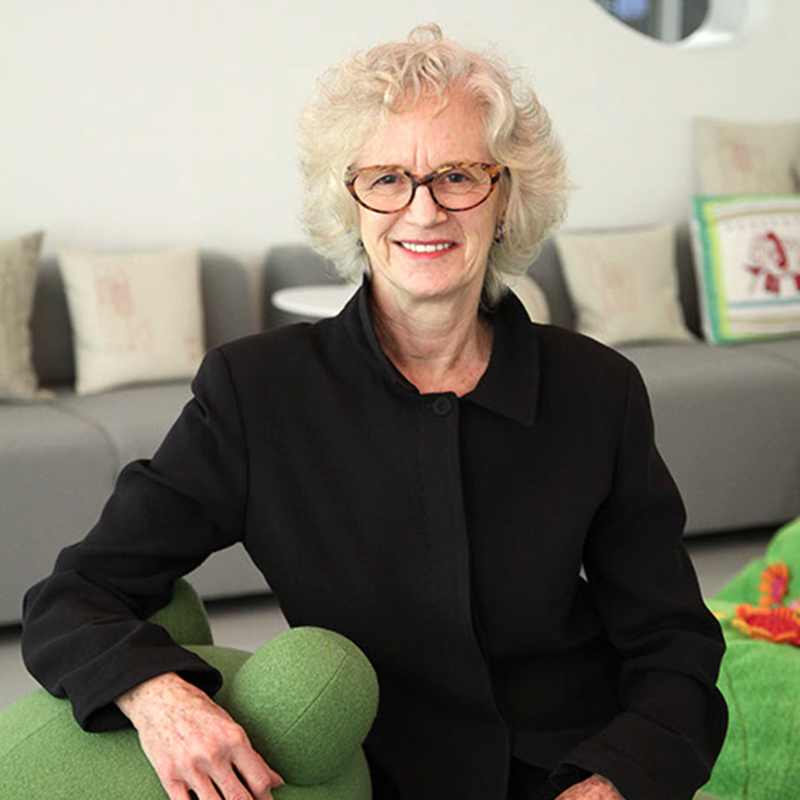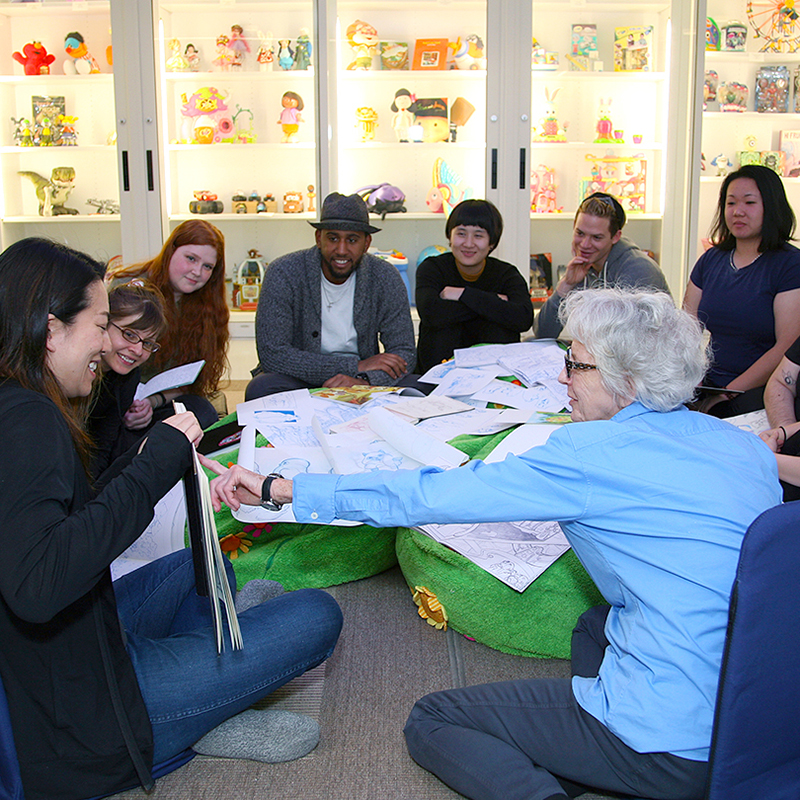FIT’s Judy Ellis: “Great Toys Aspire to Inform and Entertain”
 October 2, 2018 | Did you know that The Toy Association supports the Fashion Institute of Technology’s (FIT) Toy Design program and helped launch the department in 1989? Today, the Association is more committed than ever to supporting the program as the need to support innovative designers who produce quality toys is critical. Since its inception, the program has graduated more than 465 designers and maintains a 98 percent job-placement rate for graduating students – many taking jobs directly with the Association’s member companies. Toy designers who have graduated from the program have contributed to countless top properties from major brands, including Star Wars, My Little Pony, Barbie, Doc McStuffins, and Teenage Mutant Ninja Turtles, just to name a few.
October 2, 2018 | Did you know that The Toy Association supports the Fashion Institute of Technology’s (FIT) Toy Design program and helped launch the department in 1989? Today, the Association is more committed than ever to supporting the program as the need to support innovative designers who produce quality toys is critical. Since its inception, the program has graduated more than 465 designers and maintains a 98 percent job-placement rate for graduating students – many taking jobs directly with the Association’s member companies. Toy designers who have graduated from the program have contributed to countless top properties from major brands, including Star Wars, My Little Pony, Barbie, Doc McStuffins, and Teenage Mutant Ninja Turtles, just to name a few.
Toy News Tuesday editors caught up with Judy Ellis, the department’s founder and chair and a 2013 Toy Industry Hall of Fame inductee, who shared insights into the program’s success and longevity, and where she sees it heading in the future.
How does the program cultivate up-and-coming toy designers?
Ellis: We look for focused, responsible, creative, committed, caring, and adventurous students. Those who are chosen complete a competitive application process to become part of our small, but extremely dedicated, family. For nearly three decades, we have held onto our mission and values to be sure that we remain true to what matters most: providing a holistic education to designers so that they may in turn pass along that dedication to the well-being of children.
The program specifically interweaves four components of great design into a practical and analytical curriculum including: the aesthetics of design with a focus on innovation, the communication of how to manufacture product for children, an understanding of the toy business and branding, and a compassion and appreciation for the importance of play.
 How has the program adapted to teaching students how to make toys and games for a new generation of kids who are digitally savvy?
How has the program adapted to teaching students how to make toys and games for a new generation of kids who are digitally savvy?
Ellis: The faculty at the FIT Toy Design program are all professionals at leading toy companies, who maintain a link to the newest technology through their daily interactions in the industry. The students, who are of this tech-savvy generation, can naturally integrate technology into their design solutions. It is important to remember that designers and manufacturers are leaders in how new technology will affect children.
In your opinion what makes a good toy?
Ellis: There are three inseparable components to design that form the underpinnings and structure of a good toy: the aesthetics of design, how to manufacture the design, and a clear understanding of the business of branding. But great toys aspire to inform, entertain, and are fun. They include a fourth elusive element, which is the designer’s understanding, compassion, and appreciation of the natural world and the unlimited possibilities set forth before a child. This element constitutes a designer’s ability to inspire.
As we look to the future, how do you see the program further evolving?
Ellis: The toy program always seeks to stay on the forefront of technologies used in design and manufacturing processes. We’re working with augmented reality beyond just ways to enrich the content of product. We’re researching new environmentally sustainable materials. We will continue to explore how technological tools can be used beyond their intended purpose to create a richer experience that inspires learning.
That said, the department will always provide industry leaders with vision, storytellers who understand the importance of history, and innovators who can connect technology to what brings us together as a society and makes us human. People say they know a FIT toy designer when they meet one. Our graduates are designers who thrive on high expectations and learn for the joy of it.
Why is it critical to continue to develop talented toy designers and inventors?
Ellis: Play is essential for children’s growth and development as healthy human beings. It is critical for learning and preparing them to be wholesome contributors to their communities. The jobs of the future are in design and creative abstract thinking and reasoning. Computers are wonderful tools, but they aren’t artistic, they only follow the commands of the user. Designers are teachers that communicate to children through their inventions. It is a nurturing cycle.
Visit the FIT website for more information on the Toy Design program, or contact Judy Ellis directly.